Advertisement
In SQL, retrieving data is only part of the job—presenting it clearly is just as important. Whether you're working with numbers, dates, or text, clean formatting makes a big difference. That’s where the FORMAT() function comes in. It lets you display values in a readable, styled way without changing the actual data.
You can format currency, dates, and more directly in your query. It's simple, effective, and great for reports, exports, and dashboards. No additional tools or code tricks are required—just clarity straight from SQL. Break down how the FORMAT() function works and when to use it.
The FORMAT() function in SQL is designed to change how values appear in your query results without modifying the actual data in your database. This distinction matters. You’re not touching what’s stored—you’re just improving how it's presented.
The function works by taking a value—such as a number, date, or currency—applying a formatting pattern to it and returning a nicely styled string. This becomes incredibly useful when you want to present a date as "April 16, 2025" instead of "2025-04-16" or show a number with commas and decimal places like "45,000.00" instead of "45000".
Its basic syntax looks like this:
FORMAT(value, format_string [, culture])
For instance, FORMAT(Salary, 'C') will format a salary value as currency based on your server’s default locale. Similarly, FORMAT(HireDate, 'dd-MM-yyyy') returns dates in a day-month-year style.
The elegance of FORMAT() lies in its simplicity—developers and analysts can control presentation directly from SQL, which makes it perfect for reports, dashboards, and client applications where clean output is important.
The FORMAT() function in SQL finds its way into all sorts of practical use cases, especially where clarity in data output is essential. Let’s talk through some of the most common ones.
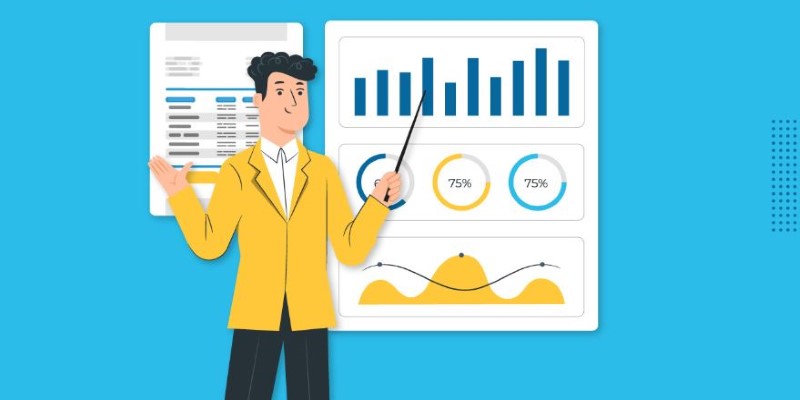
When presenting financial data, clarity is crucial. The FORMAT() function helps display numbers with proper currency symbols and separators, transforming values like 52300.5 into $52,300.50. This eliminates the need for additional formatting in the application layer, ensuring that data is delivered in the desired format directly from the database.
Global applications require localized data formats. The FORMAT() function allows you to adapt date and currency formats based on regional preferences. For example, a US user might see dates as MM/DD/YYYY and currency with a dollar sign, while a German user would see DD.MM.YYYY and the Euro symbol.
By default, SQL Server returns datetime in YYYY-MM-DD HH:MM:SS format, which may not suit report requirements. The FORMAT() function allows you to customize date and time displays, such as showing only the day and month or just the time, providing more human-readable output with no extra conversion steps.
When exporting data to Excel, CSV, or HTML reports, consistency is key. Using FORMAT() ensures that the data is properly formatted before export, preventing the need for clients to reformat it themselves. This approach ensures uniformity and clarity, saving time and ensuring the data is accurately presented upon export.
So, whether you’re preparing a client invoice, a weekly payroll sheet, or a product catalog, this function smooths the presentation without touching the raw numbers or timestamps behind the scenes.
While the FORMAT() function in SQL offers great value in improving data presentation, it’s not always the right choice in every situation. One major consideration is that FORMAT() returns a string, which strips away the original data type. This makes it less suitable for operations like sorting, filtering, or aggregating, where the original numeric or datetime values are necessary. For instance, converting prices to currency format before summing them would break the logic.
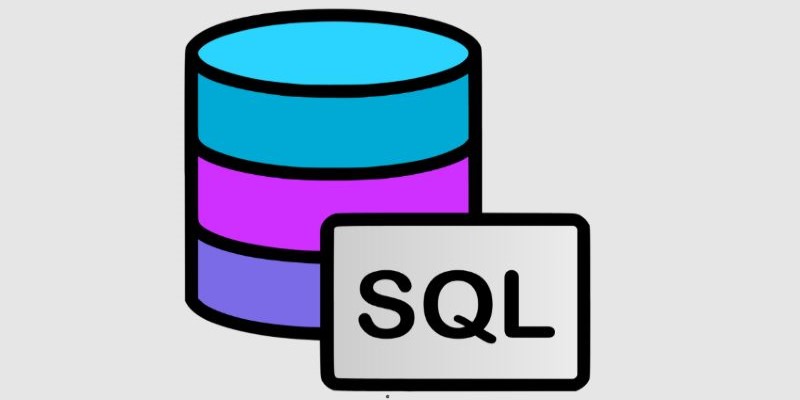
Performance is another concern, especially with large datasets. FORMAT() is more resource-intensive than simpler functions like CAST() or CONVERT(). Running it across millions of rows can noticeably slow down your query, particularly in transactional systems or dashboards with high query loads. In these cases, it might be smarter to shift formatting tasks to the application or reporting layer.
Compatibility also plays a role. While FORMAT() is available in SQL Server 2012 and later, it doesn’t work in other systems like MySQL or PostgreSQL. This limits cross-platform portability and could lead to refactoring issues down the line. Use it where it adds clarity, but sparingly.
You can combine FORMAT() with other SQL logic to create custom outputs tailored for different needs. For instance, conditional logic with CASE statements can dynamically apply formats depending on value ranges.
Imagine a scenario where you only want to format salaries over a certain threshold:
SELECT
EmployeeName,
CASE
WHEN Salary > 100000 THEN FORMAT(Salary, 'C', 'en-US')
ELSE 'Below Threshold'
END AS DisplaySalary
FROM Employees;
This provides a polished output, with formatting applied only where appropriate. In more advanced setups, FORMAT() can also be integrated with functions like ISNULL(), DATEADD(), and DATEDIFF() to manage nulls or construct time-based messages.
Another clever use case is formatting dynamic ranges of time for labels in business reports. For example, you could combine FORMAT(OrderDate, 'MMMM yyyy') to show "April 2025" as a readable sales period. This is more engaging and digestible than a raw timestamp.
And if you’re building pivot tables or grouped summaries, you can even use FORMAT() to label groupings by quarter, year, or currency range. It makes your SQL results not just functional—but friendly.
The FORMAT() function in SQL is a simple yet powerful tool for enhancing how data appears in your query results. It doesn't change the actual values but transforms them into cleaner, more readable formats. From financial reports to localized outputs, it adds clarity without complicating your logic. While it's best used for presentation—not computation—it plays a vital role in user-facing reports. Use it wisely, and your SQL queries will not only work well but look polished, too.
Advertisement

Confused between Data Science vs. Computer Science? Discover the real differences, skills required, and career opportunities in both fields with this comprehensive guide

Uncover the best Top 6 LLMs for Coding that are transforming software development in 2025. Discover how these AI tools help developers write faster, cleaner, and smarter code
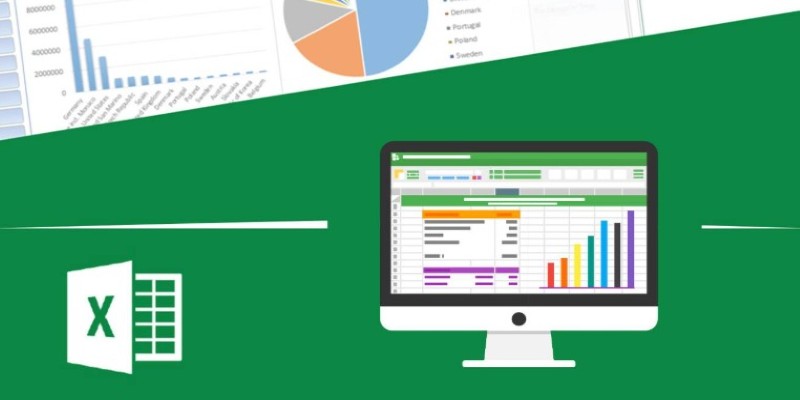
How COUNT and COUNTA in Excel work, what makes them different, and how to apply them effectively in your spreadsheets. A practical guide for clearer, smarter data handling

Learn how process industries can catch up in AI using clear steps focused on data, skills, pilot projects, and smart integration

Explore a detailed comparison of Neo4j vs. Amazon Neptune for data engineering projects. Learn about their features, performance, scalability, and best use cases to choose the right graph database for your system
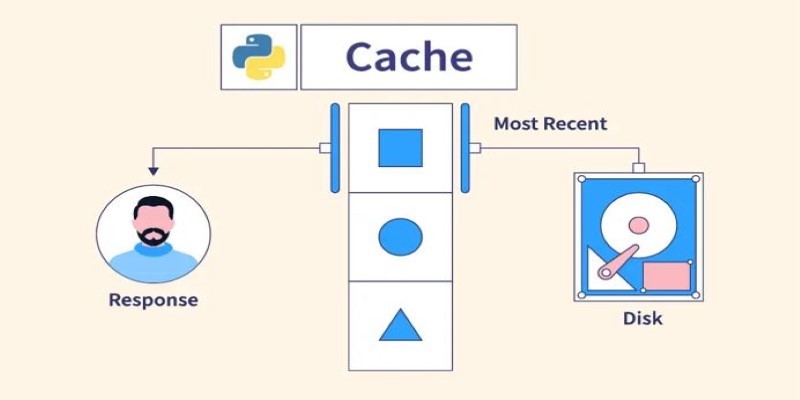
Understand what Python Caching is and how it helps improve performance in Python applications. Learn efficient techniques to avoid redundant computation and make your code run faster

Building smart AI agents with LangChain enables developers to create intelligent agents that remember, reason, and act across multiple tools. Learn how the LangChain framework powers advanced prompt chaining for real-world AI automation

Gain control over who can access and modify your data by understanding Grant and Revoke in SQL. This guide simplifies managing database user permissions for secure and structured access

How the AI Robotics Accelerator Program is helping universities advance robotics research with funding, mentorship, and cutting-edge tools for students and faculty

How to use MongoDB with Pandas, NumPy, and PyArrow in Python to store, analyze, compute, and exchange data effectively. A practical guide to combining flexible storage with fast processing
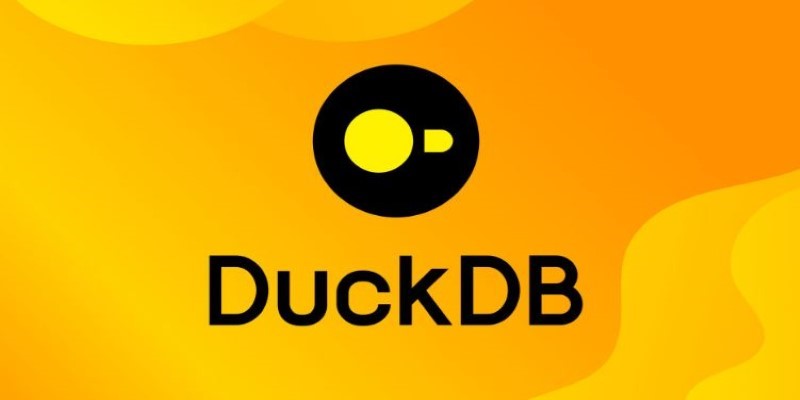
Discover DuckDB, a lightweight SQL database designed for fast analytics. Learn how DuckDB simplifies embedded analytics, works with modern data formats, and delivers high performance without complex setup

Looking for the best Airflow Alternatives for Data Orchestration? Explore modern tools that simplify data pipeline management, improve scalability, and support cloud-native workflows